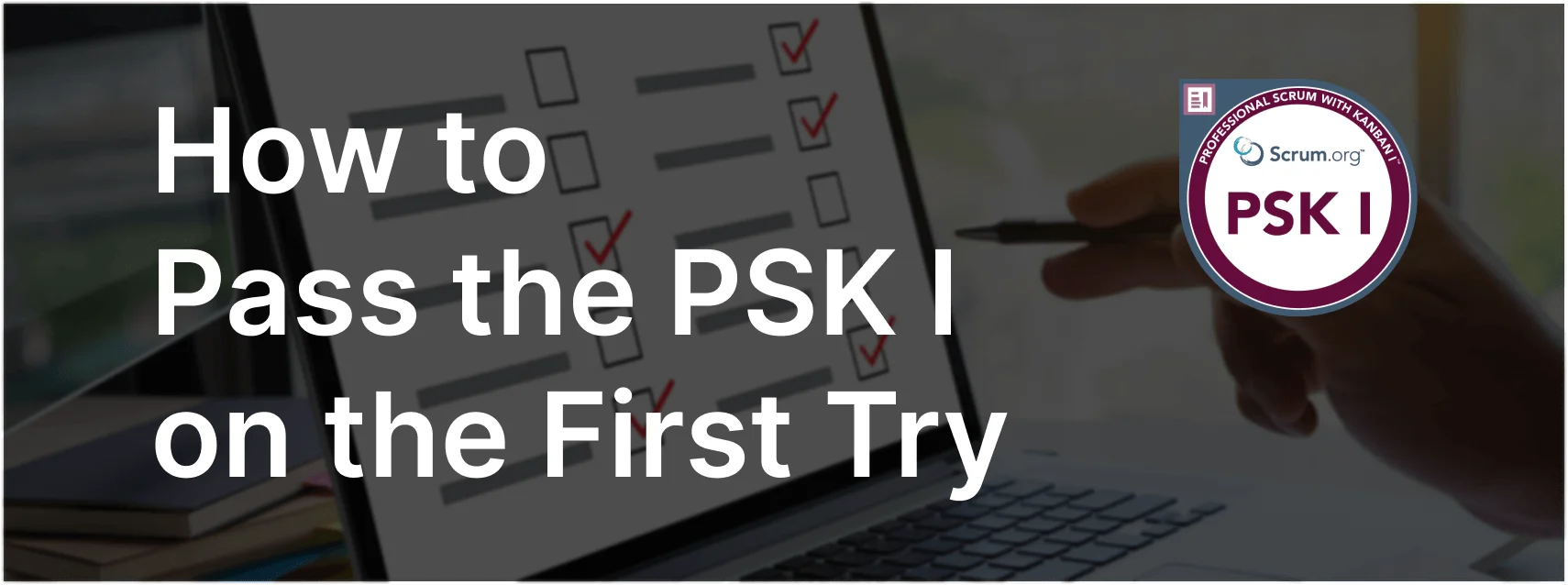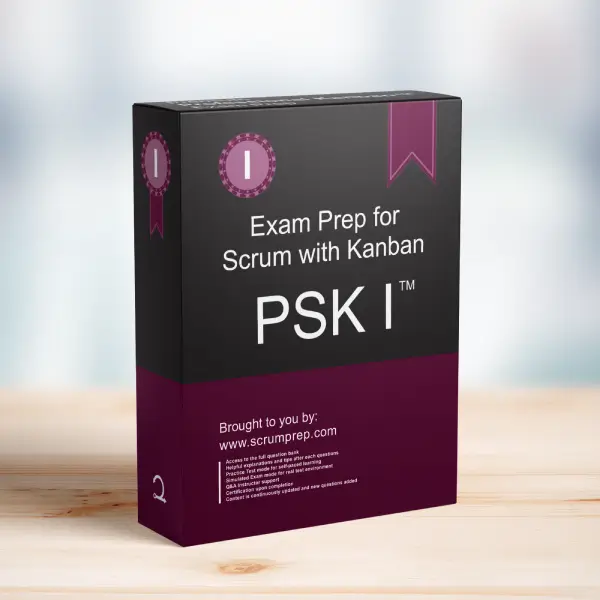Alternatives to Introducing WIP Limits in Kanban
Understanding the necessity and impact of WIP limits in Kanban is crucial, but there are no absolute alternatives that replace the need for WIP limits in Professional Scrum with Kanban.
Exam Question
When using Kanban in a Scrum environment, some resistance may be found to introducing Work in Progress (WIP) Limits. What is an alternative to introducing WIP Limits in Kanban?
(choose the best answer)
A. Using Kanban boards that improve visualization and enhance communication.
B. None. Professional Scrum with Kanban cannot be used without explicit WIP Limits.
C. Building a strong team identity using Squads and tribes.
D. Conducting Daily Stand Up meetings that control not having too much work.
Correct Answer
B. None. Professional Scrum with Kanban cannot be used without explicit WIP Limits.
Explanation
Correct Answer
B. None. Professional Scrum with Kanban cannot be used without explicit WIP Limits:
In Professional Scrum with Kanban, explicit Work in Progress (WIP) limits are a foundational practice. They are critical for managing flow, reducing bottlenecks, and ensuring that the team can maintain a sustainable pace of work. Without WIP limits, the principles of Kanban cannot be fully realized, and the benefits of improved flow and efficiency may not be achieved.
Why the Other Options Are Incorrect
A. Using Kanban boards that improve visualization and enhance communication:
While visualization is an important aspect of Kanban, it is not an alternative to implementing WIP limits. Visualization alone does not control the amount of work in progress and may not effectively prevent overloading the team.
C. Building a strong team identity using Squads and tribes:
Building a strong team identity is beneficial for team cohesion and motivation, but it does not address the core issue of managing the amount of work in progress, which is critical for flow management in Kanban.
D. Conducting Daily Stand Up meetings that control not having too much work:
Daily Stand Up meetings (Daily Scrums) are essential for team coordination and planning, but they do not replace the need for WIP limits. WIP limits specifically target the control of work quantity, which Daily Scrums alone cannot manage.
Importance of WIP Limits in Kanban
- Flow Management: WIP limits help manage the flow of work through the system, ensuring that the team is not overloaded and can complete tasks efficiently.
- Reducing Bottlenecks: By limiting the amount of work in progress, teams can identify and address bottlenecks more effectively.
- Sustainable Pace: WIP limits help maintain a sustainable pace of work, reducing the risk of burnout and ensuring consistent productivity.
Effective Practices for Implementing WIP Limits
- Set Clear WIP Limits: Define and communicate clear WIP limits for different stages of the workflow.
- Monitor and Adjust: Regularly monitor WIP limits and adjust them based on team capacity and workflow needs.
- Visual Management: Use Kanban boards to visualize WIP limits and ensure transparency in the workflow.
Relevance to the PSK I Exam
Understanding the necessity of explicit WIP limits in Professional Scrum with Kanban is crucial for the PSK I exam. It demonstrates knowledge of key principles in Kanban and how they integrate with Scrum to enhance workflow management.
Key Takeaways
- Explicit WIP limits are essential in Professional Scrum with Kanban for managing flow and ensuring efficiency.
- Alternatives like visualization and Daily Scrums are important but do not replace the need for WIP limits.
- Effective implementation of WIP limits involves clear definition, monitoring, adjustment, and visualization.
Conclusion
Professional Scrum with Kanban cannot be used without explicit WIP limits, as they are critical for managing work flow, reducing bottlenecks, and maintaining a sustainable pace of work. For more information on preparing for the PSK I exam, visit our Professional Kanban PSK I™ Exam Prep.



